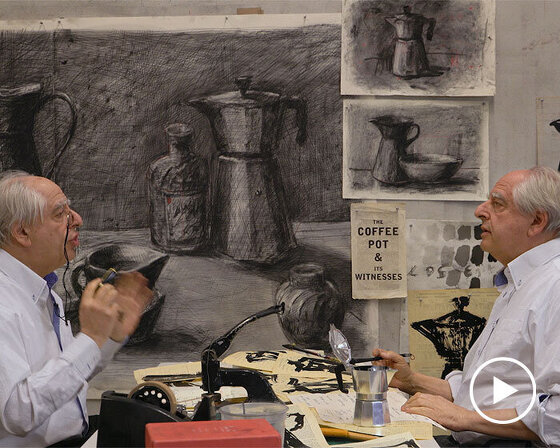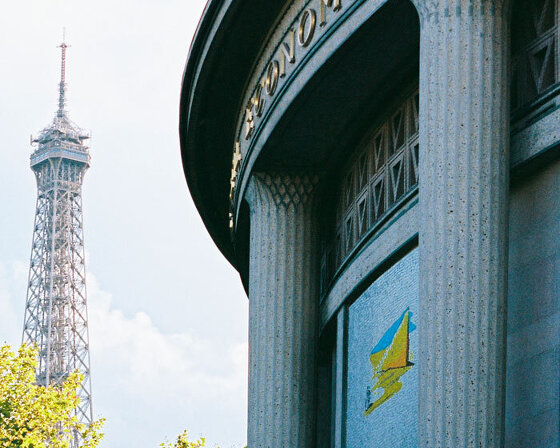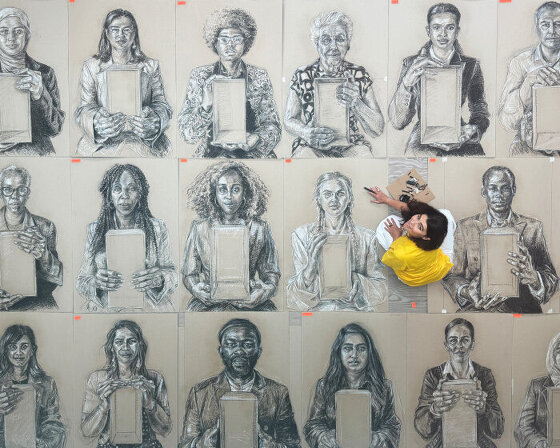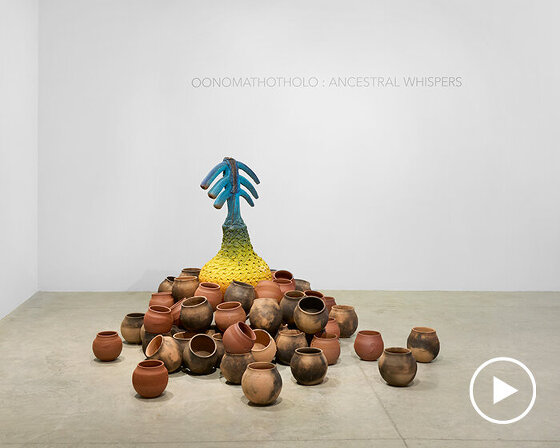KEEP UP WITH OUR DAILY AND WEEKLY NEWSLETTERS
PRODUCT LIBRARY
the south african artist talks to designboom about the nine-episode film series, available on MUBI from october 18, 2024.
connections: +150
dive into our guide for the must-see highlights of art basel paris and design miami.paris 2024, as well as all other exciting shows in paris.
connections: 13
before the unveiling of her recent work, the english artist explores congregation in an interview with designboom and how the 50 portraits of displaced people came to life.
connections: +1420
designboom gets a first look of the south african artist's new exhibition, 'oonomathotholo: ancestral whispers', at friedman benda NY.
connections: +250
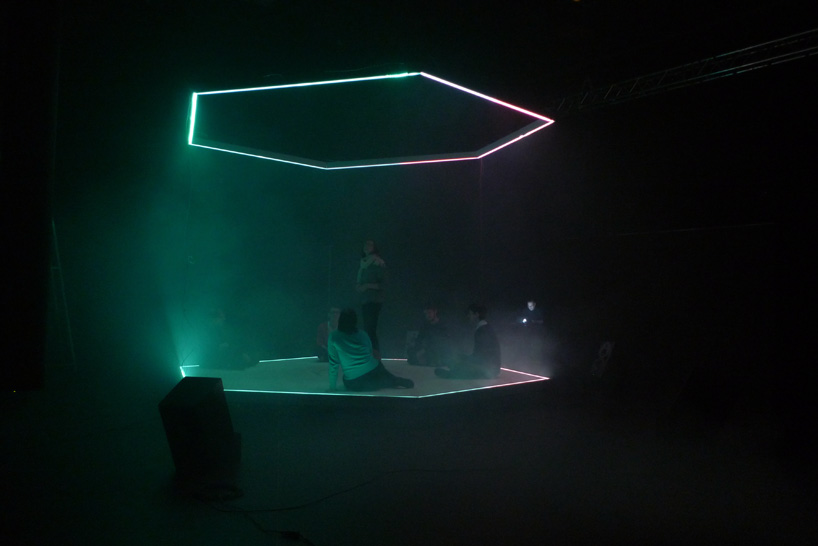
 participants move through a series of environments that combine and mix all of the senses. the following images depict aspects of these environments.
participants move through a series of environments that combine and mix all of the senses. the following images depict aspects of these environments. hexagon room – informed by the color energies present in the psychedelic yaje rituals of the desana indians of northern columbia, participants ritualistically are brought onto a hexagonal platform and experience an intense composition of flicker based light and multichannel ambisonic sound (design tez, chris salter, harry smoak)
hexagon room – informed by the color energies present in the psychedelic yaje rituals of the desana indians of northern columbia, participants ritualistically are brought onto a hexagonal platform and experience an intense composition of flicker based light and multichannel ambisonic sound (design tez, chris salter, harry smoak) forest – participants move through a grove of scented trees which produce streams of light.
forest – participants move through a grove of scented trees which produce streams of light. liquid experience: room in which intensely flavored liquids create an occasion for social interaction and experimentation. designed by gastronomic designer david szanto, the liquids are meant to extract the essence of gustation without referring to the cultural object of food.
liquid experience: room in which intensely flavored liquids create an occasion for social interaction and experimentation. designed by gastronomic designer david szanto, the liquids are meant to extract the essence of gustation without referring to the cultural object of food. based on their various colors, participants debate which of the liquids to try.
based on their various colors, participants debate which of the liquids to try. participantsʼ interaction with the liquids varies based on group social dynamics.
participantsʼ interaction with the liquids varies based on group social dynamics.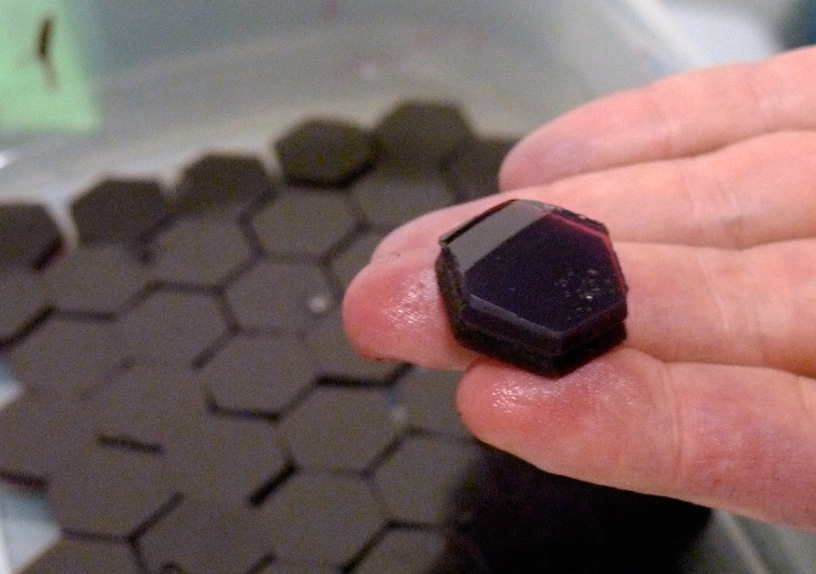 hexagons – agar constructed hexagons eaten by participants on the hexagon platform. these forms resonate with the sacred geometry of the hexagon found in many cultures studied by ethnographers as well as invoke 1970s science fiction films like loganʼs run and soylent green.
hexagons – agar constructed hexagons eaten by participants on the hexagon platform. these forms resonate with the sacred geometry of the hexagon found in many cultures studied by ethnographers as well as invoke 1970s science fiction films like loganʼs run and soylent green.
 gustatory elements are combined with specially designed smells designed by smell researcher caro verbeek and smell artist jorg hempenius which are modulated over time throughout the environments.
gustatory elements are combined with specially designed smells designed by smell researcher caro verbeek and smell artist jorg hempenius which are modulated over time throughout the environments.